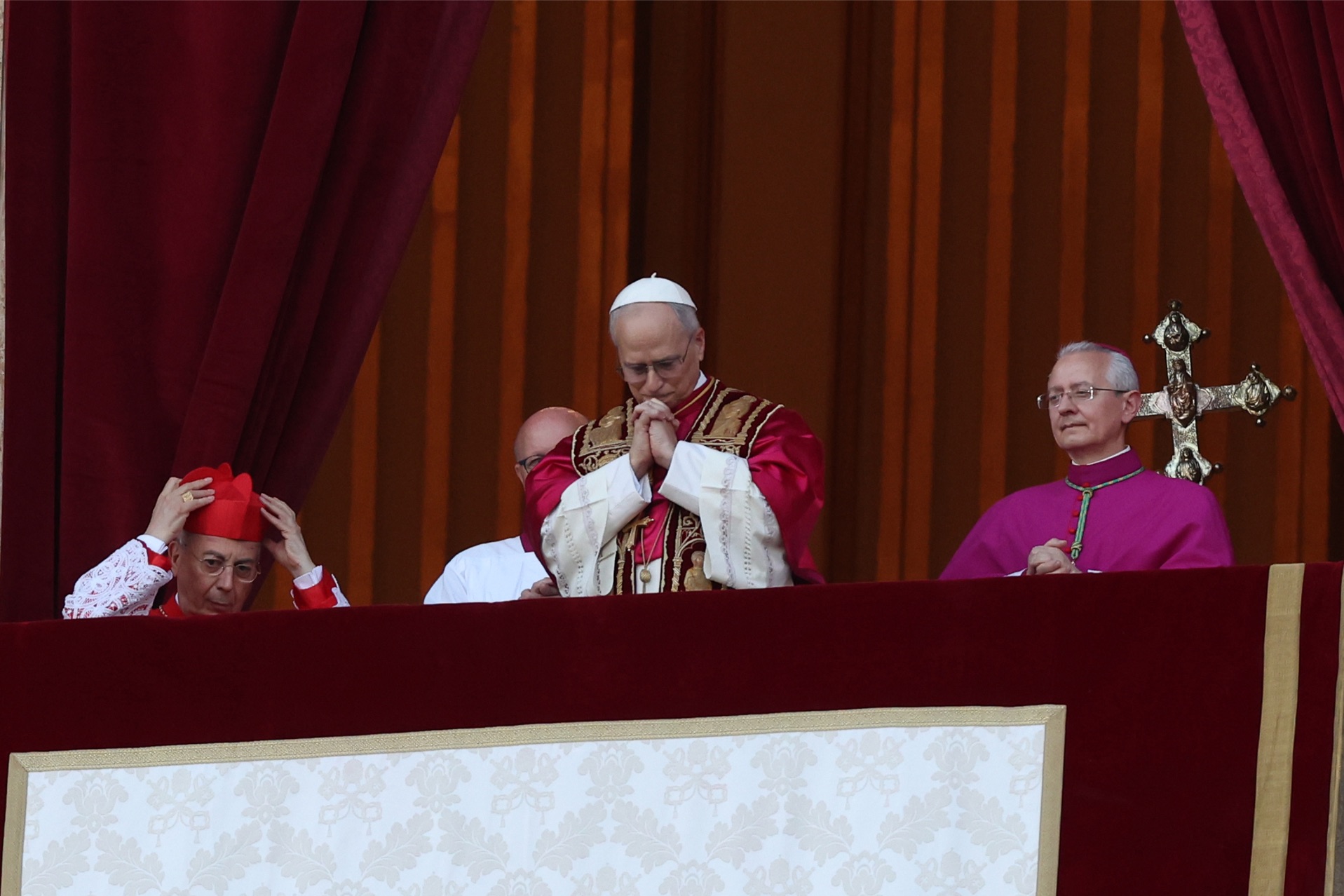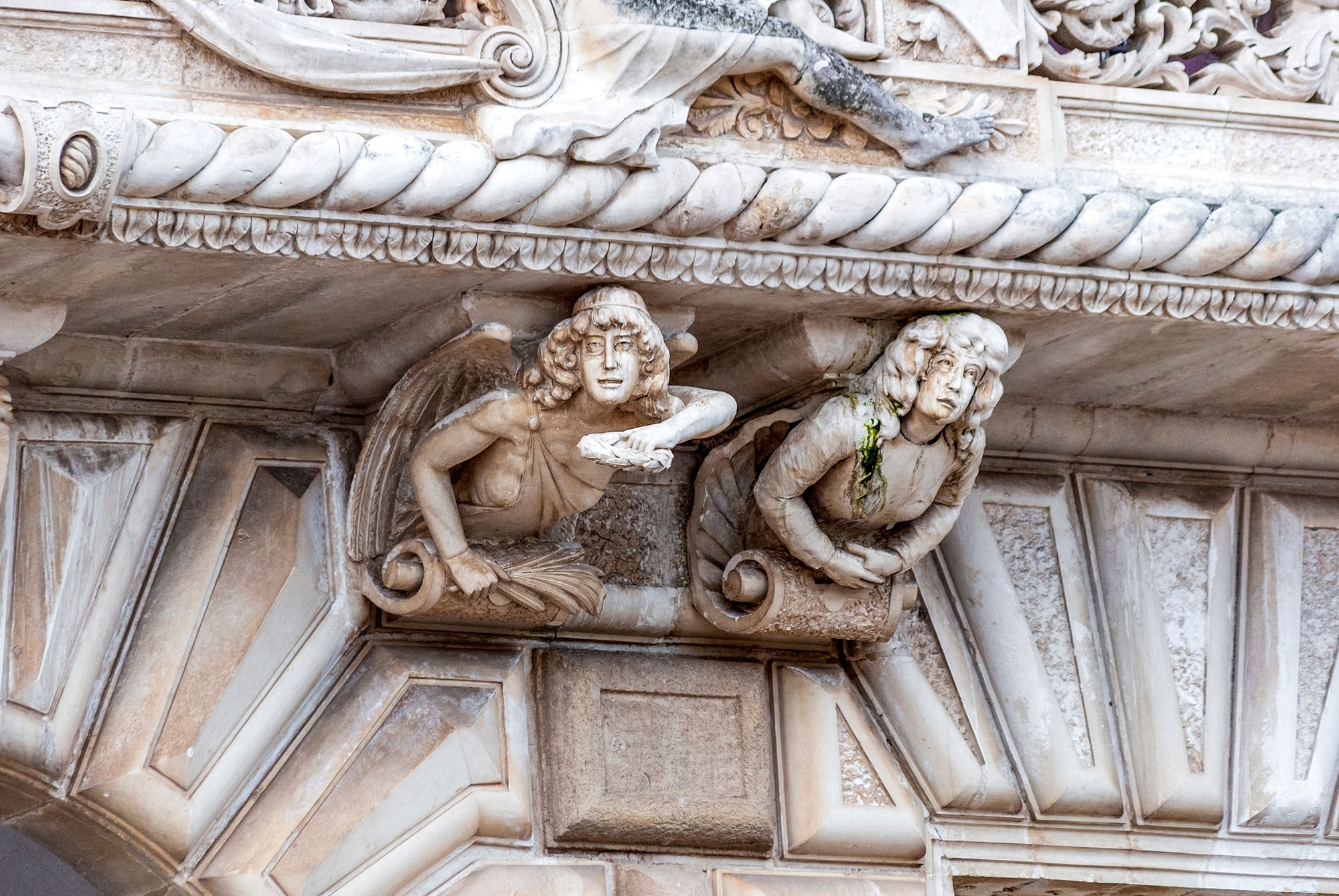Requiem for a Filmmaker: Sergio Leone, His Life, Work, and Legacy (Part One)
Among the many prolific producers and directors with which Italy is credited, Sergio Leone stands out for his unique and unusual genre in filmmaking.
Born in Rome, Italy on January 3, 1929, Leone from his earliest childhood adored Hollywood and spent much of his waking hours planning to be a part of it. He was the son of Robert Roberti, also known as Vincenzo Leone, one of Italy’s cinema pioneers, and actress Bice Valerian. Although he tolerated school, it took a back seat to his passion for filmmaking. He absorbed everything he could about the business and considered himself blessed when he worked as an assistant to Vittorio De Sica on Bicycle Thieves (1947).
Sergio Leone
This small taste of filmmaking served only as an aperitif, increasing his appetite for more, so much so that he quit school to pursue a movie career full-time. In time, he acquired more responsibility and worked as an assistant director on several large-scale international productions shot at the Cinecittà Studios in Rome, notably Quo Vadis (1951) and Ben-Hur (1959), which were financially backed by American studios.
It was that same year that Leone was asked to step in as director to finish The Last Days of Pompeii (1959) for his aging mentor, Mario Bonnard. Although the film was released under Bonnard’s name, the experience opened the door to his first job as director. The film: The Colossus of Rhodes (1960). It was his first full-credited directing job, but Leone regarded it as just a job. When he was later asked about it, he commented that he directed The Colossus of Rhodes simply to pay for a honeymoon that he and his wife enjoyed in Spain.
The Spaghetti Westerns were about to be born: As it turned out, his trip to Spain was a case of one domino knocking over another and then another, because his view of the Spanish landscape triggered in him a pleasant response, one which filled him with visions of the American west and of cowboys, a subject which had fascinated him as a child and one of which he was quite knowledgeable. So, taking his cue from the Spanish landscape, he began to focus his attention on the Wild West, but this would not be just another cowboy movie.
Leone had decided from the very beginning that his protagonist needed to transcend the characterization and mood of the traditional concept of Westerns. He chose to concentrate on a new kind of character and storyline, intentionally avoiding heroes and villains who were clean shaven and who appeared as though they had just stepped out of a fashion magazine. In his first western script, The Magnificent Stranger, later changed to A Fistful of Dollars (1964), Leone would portray a violent and morally complex vision of the American West, consisting of dirty, sweaty, unshaven characters with a strong suggestion of criminal behavior and moral ambiguity.
Henry Fonda and Charles Bronson
Henry Fonda and Charles Bronson
It would not be a question of black hat versus white hat, separating the bad guy from the good guy. In short, Sergio Leone redefined the typical vision of the American cowboy who became known as The Man with No Name, a title suggesting that he was hard to figure out.
In his search for a protagonist, Sergio Leone considered a list of actors including Charles Bronson, Steve Reeves, Richard Harrison, Henry Fonda and James Coburn. Eric Fleming who had co-starred with Clint Eastwood in the American television series Rawhide was offered the part, but turned it down.
When Leone asked his good friend Richard Harrison for advice on the matter, Harrison recommended Clint Eastwood for the job and, on the advice of an associate, Leone watched an episode of Rawhide, over and over again and was admittedly attracted by the movements of Clint Eastwood. “What fascinated me about Clint, above all,” said Leone, “was his external appearance. I noticed the lazy, laidback way he just came on and stole every single scene from Fleming. His laziness is what came over so clearly.”
Up until that time Eastwood had been a television actor with few credited film roles to his name. When Eastwood and Leone finally met in Rome, Leone was not impressed. He did not care for Eastwood’s American style of dress, saying that Eastwood had, “the same bad taste as American students.” But in terms of a director’s point of view, Leone was more interested in Eastwood’s face and his way of walking. Clint Eastwood would be the Man With No Name but he needed a final touch: Although Eastwood was a non-smoker, Leone insisted that he keep a stubby cigar tightly between his teeth as an essential ingredient of the “mask” he was attempting to create for the loner character.
A Fist Full of Dollars (1964) was only the first of three films which became known as the Dollars Trilogy and was soon followed by For a Few Dollars More (1965) and The Good the Bad and the Ugly (1966). There were a number of critics who noted that despite Leone’s inability to speak English, and the fact that he had never so much as set foot in the United States, he had managed to redefine the original concept of the American cowboy. The trilogy spelled success for both Leone and Eastwood who became household names on both sides of the Atlantic.
Based on the success of The Dollars Trilogy, Leone was invited to the United States in 1967 to direct Once Upon a Time in the West for Paramount Pictures. It was rumored that in preparing to direct Once Upon a Time in the West, Leone became upset after Clint Eastwood turned down the role to play the villain’s nemesis. Eastwood’s refusal to accept the role was said to have caused hard feelings between the two men.
The role was then offered to Charles Bronson who starred in the film with Henry Fonda, Jason Robards and Claudia Cardinale. It was filmed mostly in Almerìa, Spain, Utah and Cinecittà in Rome.
Once Upon a Time in the West (1968) emerged as a long, violent, dreamlike meditation upon the myth of the old American West. But the finished product was about to come under the axe like the slaughter of a lamb.
To be continued …





























